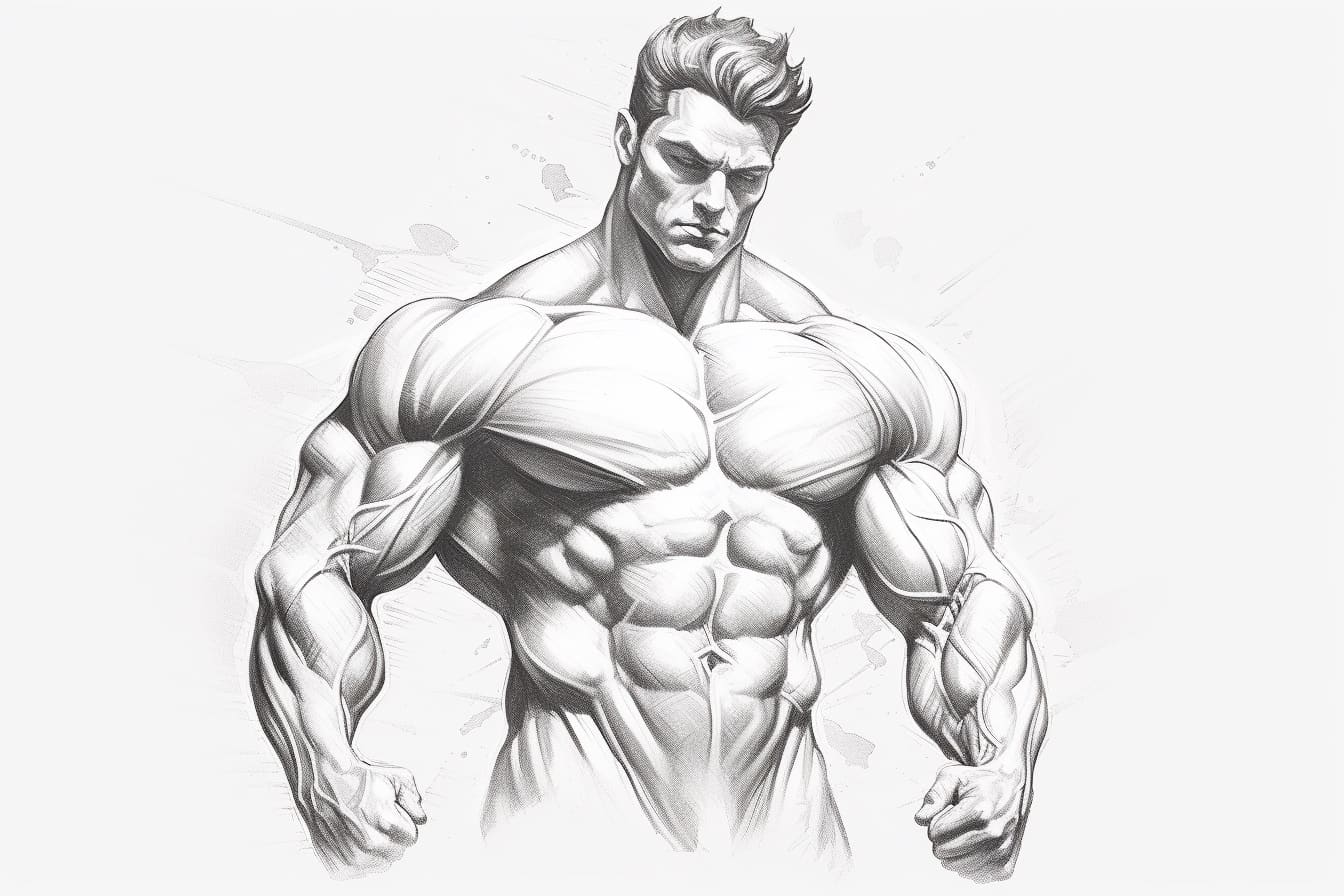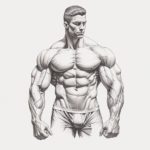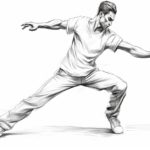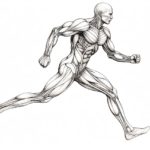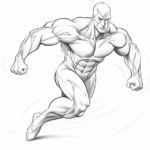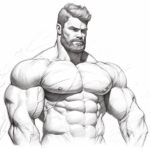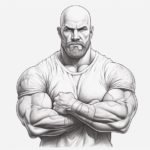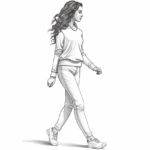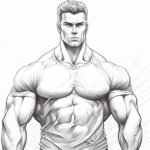Whether you’re an aspiring artist or just looking to improve your drawing skills, learning how to draw a buff body can be a challenging yet rewarding experience. Creating a strong and muscular physique requires attention to detail and proper understanding of anatomy. In this step-by-step guide, you’ll learn how to draw a buff body from scratch. By following these instructions and practicing regularly, you’ll be able to create impressive muscular figures in no time.
Materials Required
Before we dive into the process of drawing a buff body, let’s gather the materials you’ll need:
- Paper: Choose a clean, smooth-surfaced paper that is suitable for drawing. You can opt for sketch or drawing paper.
- Pencils: A set of graphite pencils ranging from 2H to 6B will give you the necessary range of shades and tones.
- Eraser: Use a soft eraser that won’t smudge the pencil marks or damage the paper.
- Pencil sharpener: Keep your pencils sharp for precise lines and details.
- Blending tools: Consider using blending stumps or tortillons to smoothly blend and smudge pencil lines for shading purposes.
Now that you have your materials ready, let’s begin the process of drawing a buff body.
Step 1: Sketch the Basic Proportions
Start by lightly sketching the basic proportions of the body. Draw an oval shape for the head, a vertical line down the center for the spine, and horizontal lines for the shoulders, waist, and hips. Keep the lines loose and light, as they will be adjusted and refined later.
Step 2: Define the Torso and Limbs
Using the basic proportions as a guide, begin adding definition to the torso and limbs. Draw the neck and attach the shoulders with slanted lines. Extend the torso down to form the chest and abdomen, keeping in mind the muscles you want to emphasize.
For the limbs, sketch the arms and legs by using simple lines to indicate their general shape and position.
Step 3: Outline the Muscles
Now it’s time to outline the major muscle groups that define a buff body. Start by adding muscle definition to the torso, focusing on the pectoral muscles, abs, and obliques. Observe reference images or anatomy books to understand the placement and proportions of these muscles.
Next, outline the muscles in the arms and legs, such as the biceps, triceps, quadriceps, and calf muscles. Pay attention to the curves and contours that give the muscles their distinctive shape.
Step 4: Refine the Details
With the basic muscles outlined, it’s time to refine the details and add more definition. Study reference images to understand how the muscles interact and overlap. Use darker and more definite lines to emphasize the contours and shadows.
Take your time with this step, as the details are crucial in creating a convincing buff body. Pay attention to the smaller muscles, tendons, and veins that add further realism to your drawing.
Step 5: Add Shading and Highlights
Shading is essential in creating a three-dimensional look for your buff body drawing. Start by identifying the light source in your imaginary scene and imagine how it would cast shadows on the muscles.
Use light strokes and gradually build up darker tones with your pencil to create shading. Consider using a tortillon or blending stump to blend and smudge the shading for a smoother appearance.
Similarly, use an eraser to create highlights by lifting off some of the pencil marks. This will add contrast and make the muscles pop.
Step 6: Refine and Perfect
Take a step back and assess your drawing. Look for any areas that need further refinement or adjustment. Make any necessary corrections to proportions, muscle definition, or shading.
Don’t be afraid to add more detail or make changes at this stage. A successful drawing often requires multiple rounds of refinement to achieve the desired result.
Conclusion
Drawing a buff body may seem challenging, but with practice and attention to detail, you can master the art. By following the step-by-step instructions provided in this guide, you’ll be able to create impressive and realistic muscular figures. Remember to observe references, study anatomy, and be patient with the process. With time, you’ll develop the skills and confidence to draw buff bodies with ease.
So grab your pencils and paper, and let your creativity flow. Start sketching and enjoy the journey of bringing dynamic, strong, and muscular characters to life.

